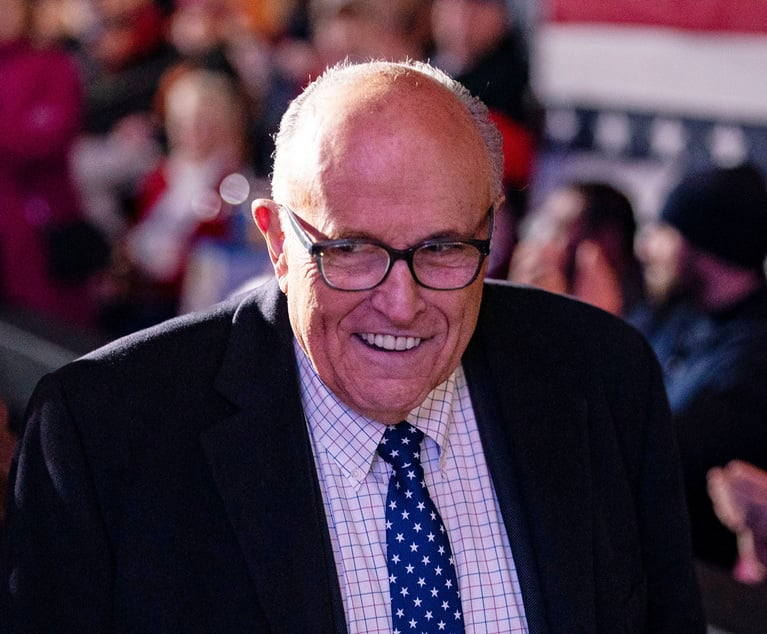In Liu v. Ruiz, 2021 NY Slip Op 06089 (1st Dept. 2021), the Appellate Division, First Department, reaffirmed its ruling in Matter of Solla v. Berlin, 106 A.D.3d 80 (1st Dept. 2013), rev’d on other grounds, 24 N.Y.3d 1192 (2015)), by extending it to a Family Court proceeding involving mootness. Solla held that, under the State Equal Access to Justice Act (CPLR 8600 et seq. (EAJA)), “the plaintiff or petitioner in an action or proceeding against the State is considered to have ‘prevailed’ for purposes of collecting attorneys’ fees if commencement of the litigation ‘catalyzed’ the State into voluntarily offering to him or her, in substantial part, the relief that he or she was seeking”:
[In Solla] [w]e determined that the “catalyst theory” gave life to what we identified as the purpose behind the statute, which was “to level the playing field for those without the necessary resources to challenge State action through litigation” (24 NY3d at 85). The Court of Appeals reversed our decision [] because it found that [] the State did not actually change its position.
However, it explicitly declined to decide whether the catalyst theory is available as a method of recovering attorneys’ fees under the State EAJA … We hold that petitioner was the prevailing party for purposes of recovering her fees and that the petition was improperly dismissed as moot.
The Mootness Doctrine
“[A]n appeal will be considered moot unless the rights of the parties will be directly affected by the determination of the appeal and the interest of the parties is an immediate consequence of the judgment.” Coleman ex rel. Coleman v. Daines, 19 N.Y.3d 1087, 1092 (2012). In essence:
“It is a fundamental principle of our jurisprudence that the power of a court to declare the law only arises out of, and is limited to, determining the rights of persons which are actually controverted in a particular case pending before the tribunal … This principle, which forbids courts to pass on academic, hypothetical, moot, or otherwise abstract questions, is founded both in constitutional separation-of-powers doctrine, and in methodological strictures which inhere in the decisional process of a common-law judiciary.”


 Elliott Scheinberg. Courtesy photo
Elliott Scheinberg. Courtesy photo




